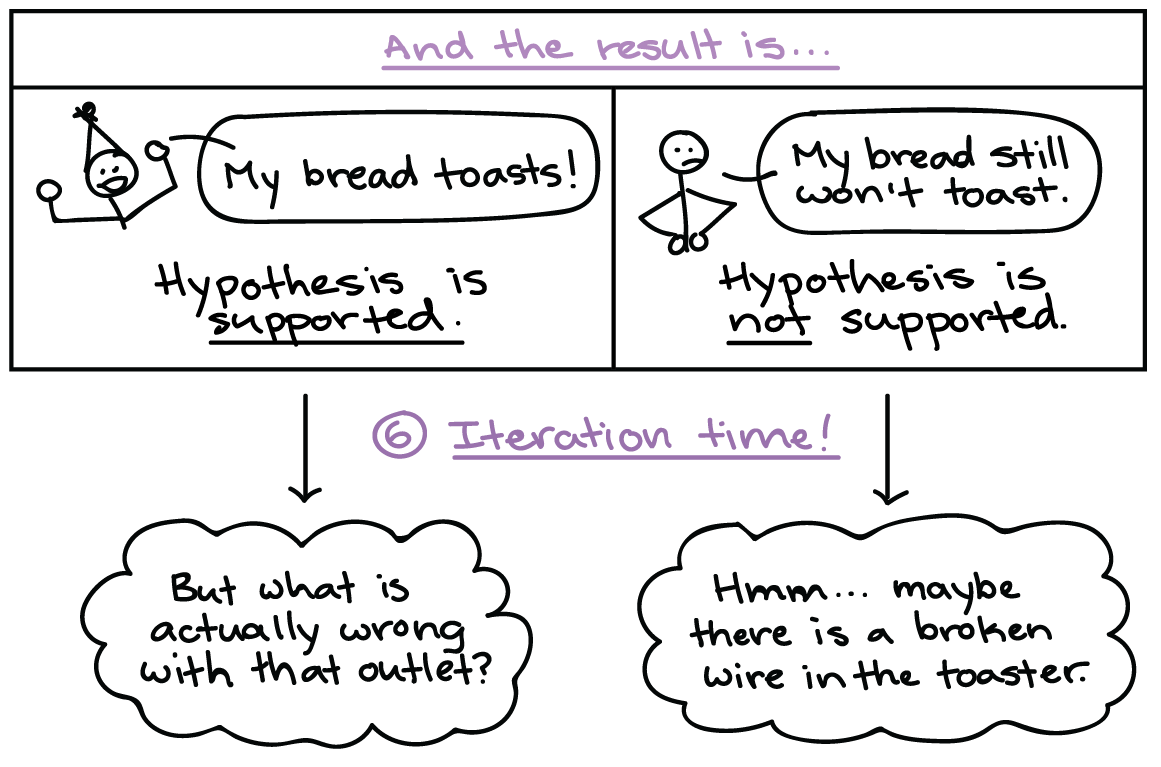Fishmyster
Well-Known Member
Ocean acidification has been recognized as a threat to ocean ecology and productivity. It has recently been researched and publicized. Something many are not aware of because it has not recently been publicized is Stream acidification.
Google ACID_RAIN_104165 this is a report on the subject from back in the late 1980's. The file was to large for me to upload in this post. In the report are water chemistry samples indication high levels of heavy metals and alkalinity indication of acidification in some streams. Attached is a rain chemistry report from 1989.
So acid rain was known to be effecting coastal streams in the late 1980's and here are the rain chemistry samples to prove it. The subject got long forgotten since then but the acidity of the rain actually got worse!!!
Also attached is a rain chemistry report from 1995.
I have followed rain ph from the sky down onto the hills and into salmon bearing streams sampling in different locations to investigate the buffering abilities of certain waterways. Observations done during high rainfall events indicate little to no buffering for some periods of time in most streams. Facts are that low ph water dissolves elements like heavy metals and relocates them ultimately into the ocean where it would effect life there too.
I have been looking for solid scientists who have researched how the low ph rain has been effecting ecology in coastal streams within the last 25 years. It seems I may be the only one. If anyone knows such people please introduce us.
Google ACID_RAIN_104165 this is a report on the subject from back in the late 1980's. The file was to large for me to upload in this post. In the report are water chemistry samples indication high levels of heavy metals and alkalinity indication of acidification in some streams. Attached is a rain chemistry report from 1989.
So acid rain was known to be effecting coastal streams in the late 1980's and here are the rain chemistry samples to prove it. The subject got long forgotten since then but the acidity of the rain actually got worse!!!
Also attached is a rain chemistry report from 1995.
I have followed rain ph from the sky down onto the hills and into salmon bearing streams sampling in different locations to investigate the buffering abilities of certain waterways. Observations done during high rainfall events indicate little to no buffering for some periods of time in most streams. Facts are that low ph water dissolves elements like heavy metals and relocates them ultimately into the ocean where it would effect life there too.
I have been looking for solid scientists who have researched how the low ph rain has been effecting ecology in coastal streams within the last 25 years. It seems I may be the only one. If anyone knows such people please introduce us.





